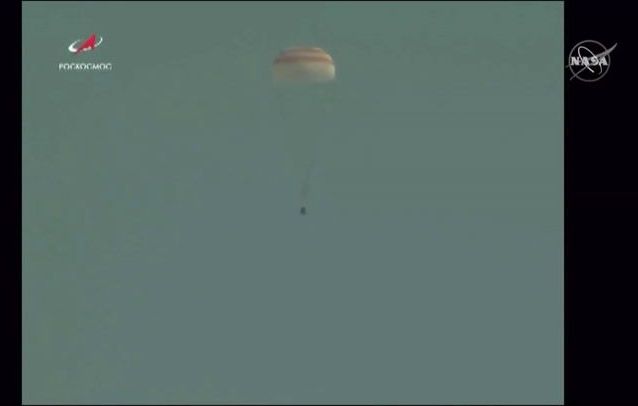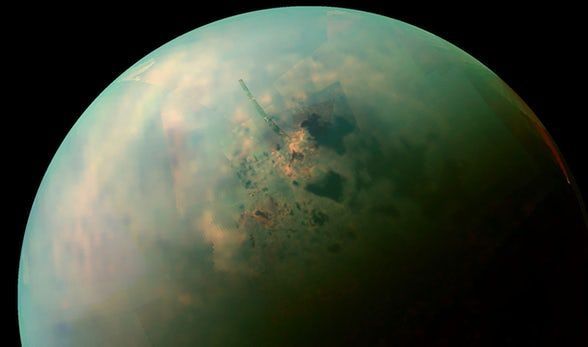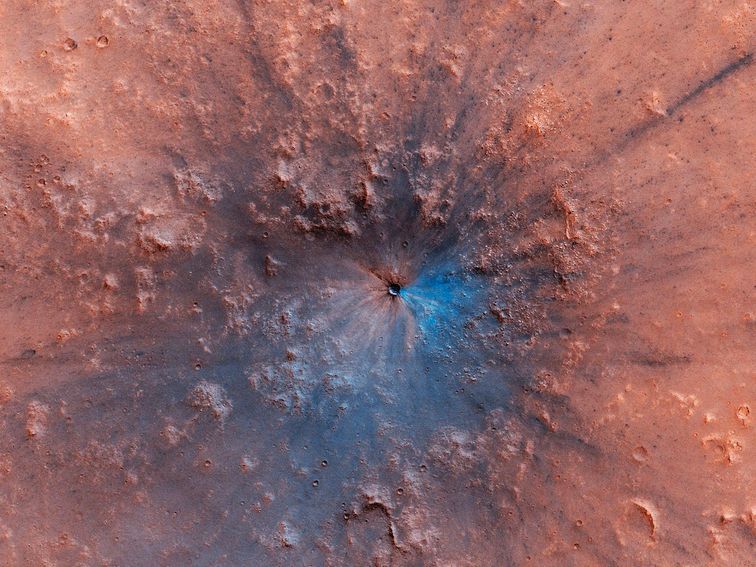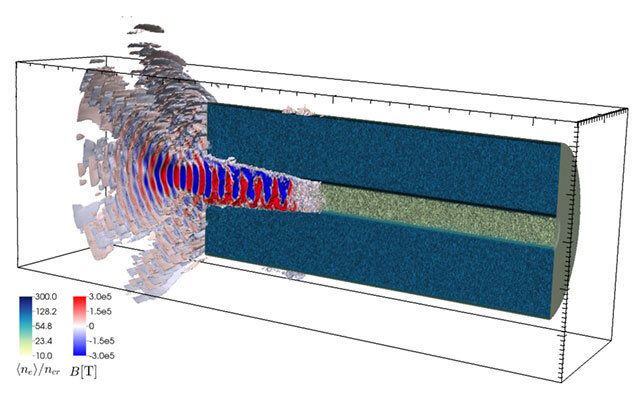A Russian cosmonaut and astronauts from the United States and Canada have returned to Earth after spending more than 200 days on board the International Space Station.
Oleg Kononenko with the Russian space agency Roscosmos, Anne McClain of NASA and Canadian Space Agency astronaut David Saint-Jacques landed aboard Russia’s Soyuz MS-11 spacecraft on Monday (June 24). Lowered by parachute and slowed by braking thrusters, the capsule touched down southeast of the town of Dzhezkazgan on the steppe of Kazakhstan at 10:47 p.m. EDT (0247 GMT or 8:47 a.m. local time on June 25).
The landing brought to a close the crew members’ 204-day mission, which saw Kononenko, McClain and Saint-Jacques serve on the space station’s 58th and 59th expedition crews. The trio arrived at the orbiting laboratory on Dec. 3, 2018.









